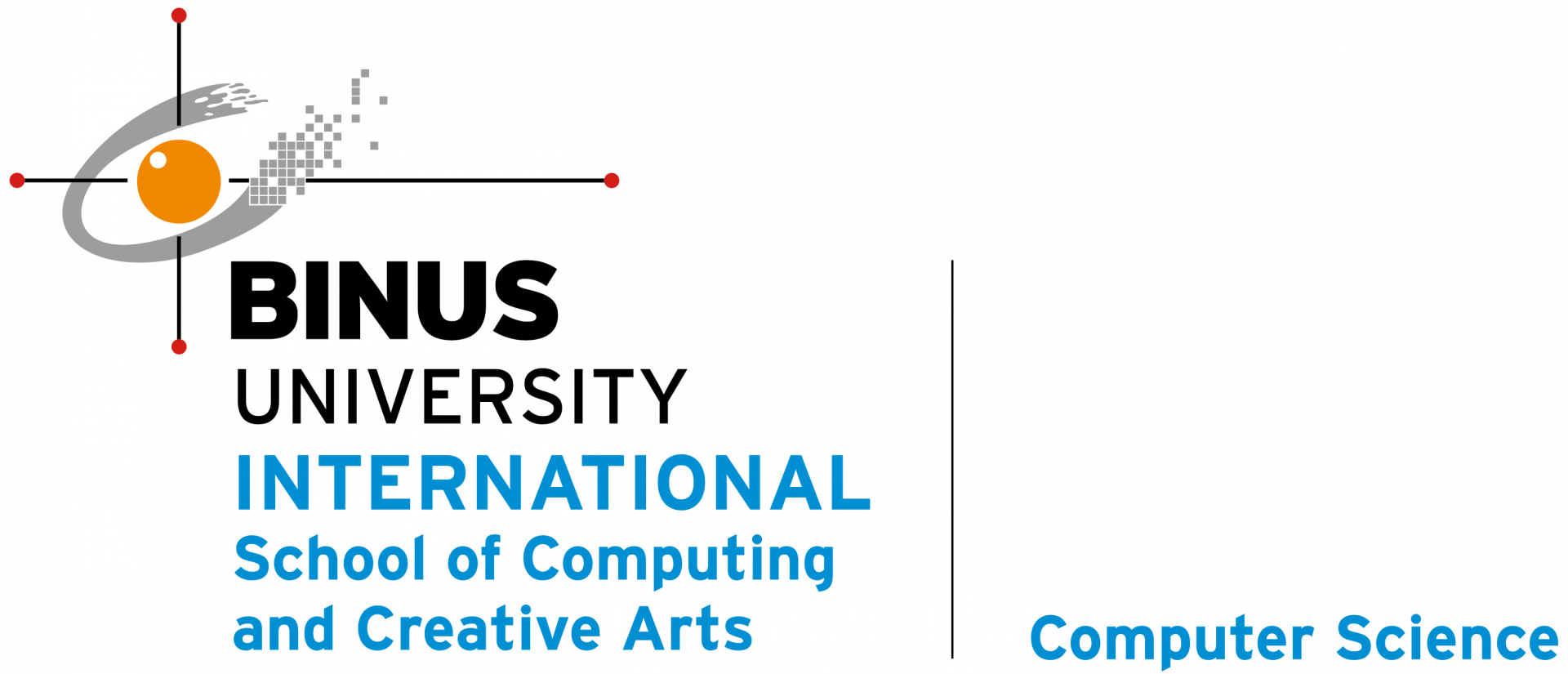The Dynamics of Robotic Process Automation (RPA)
In the ever-evolving landscape of technology, Robotic Process Automation (RPA) has emerged as a transformative force, reshaping the way businesses handle their operations. Much like its counterparts, Artificial Intelligence (AI) and Machine Learning, RPA is at the forefront of automating tasks, offering efficiency and precision in various industries. This technology utilizes software to automate a spectrum of business processes, from interpreting applications and processing transactions to data management and email responses.
At its core, RPA is designed to automate repetitive tasks that were traditionally carried out by humans. It goes beyond basic automation, allowing organizations to streamline their workflows, enhance accuracy, and allocate human resources to more complex and strategic activities. RPA is not about replacing jobs but about augmenting human capabilities by freeing up time from mundane tasks.
Forrester Research highlights that RPA automation has the potential to impact the livelihoods of millions of knowledge workers, constituting approximately 9 percent of the global workforce. However, the narrative is not one-sided. McKinsey’s research suggests that while less than 5 percent of occupations can be fully automated, around 60 percent can be partially automated. This indicates that RPA is not merely a threat but a catalyst for redefining and augmenting roles within the workforce.
Career Opportunities in RPA:
For IT professionals navigating the technological landscape, RPA presents a plethora of career opportunities. Mastering this technology opens doors to roles that are not only in high demand but also financially rewarding. The key positions in the realm of RPA include:
1. RPA Developer:
– Responsibilities: Designing, developing, and deploying RPA solutions to automate specific business processes.
– Requirements: Proficiency in programming languages, understanding of RPA tools, and a knack for problem-solving.
2. RPA Analyst:
– Responsibilities: Analyzing business processes to identify areas for RPA implementation, conducting feasibility studies, and collaborating with developers.
– Requirements: Strong analytical skills, business process knowledge, and the ability to translate business requirements into RPA solutions.
3. RPA Architect:
– Responsibilities: Designing the overall structure and framework of RPA solutions, ensuring scalability and alignment with business goals.
– Requirements: In-depth knowledge of RPA tools and methodologies, experience in system architecture, and strategic thinking.
Shaping the Future of Work:
RPA is not just a technological trend; it’s a paradigm shift in how work is approached and executed. By automating routine tasks, RPA allows human workers to focus on tasks that require creativity, critical thinking, and emotional intelligence. The technology is a catalyst for innovation, offering a harmonious collaboration between humans and machines.
As an IT professional, staying abreast of the latest technology trends is essential for future-proofing your career. RPA is not only transforming industries but also creating a demand for skilled professionals who can harness its potential. Whether you choose the path of a developer, analyst, or architect, mastering RPA positions you at the forefront of a technological wave that promises to redefine how businesses operate in the digital age.
In conclusion, Robotic Process Automation is not just a technological tool; it’s a gateway to a future where human potential is augmented by automation. For IT professionals, the journey into the world of RPA opens doors to dynamic and rewarding career opportunities, making it a technology trend that demands attention and exploration.

